Award availability can be a mysterious beast. At the end of the day, however, there’s only so many availability release patterns that any given airline can follow.
The better you are at spotting these patterns and figuring out which category any airline falls into, the bigger the advantage you’ll have when trying to book the exact seat on the exact route you want.
Let’s take a look at the various types of award availability patterns you might encounter, as well as a few examples of each.
Note that we’ll be focusing on “saver”-level award availability in this discussion. Thus, under a dynamic pricing model, the question would be whether or not there are saver-level award seats that you can book, as opposed to seats that are only bookable at a dynamically high price.
In This Post
- 1. Guaranteed Award Availability
- 2. Predictable Award Availability at the Start of Schedule
- 3. Last-Minute Award Availability
- 4. Extra Blocks of Seats Every Now and Then
- 5. Extremely Rare Award Availability
- 6. Completely Unpredictable Award Availability
- Conclusion
1. Guaranteed Award Availability
Some airlines around the world guarantee that a given number of seats will be made available to travellers bookable on points.
For example, both British Airways and Virgin Atlantic have policies guarantee that at least four seats in business class on each flight can be booked using Avios or Flying Club miles, respectively.
This type of award seat guarantee is fairly rare, given the sheer effectiveness of award availability as a tool for airlines to maximize revenue while offloading distressed inventory.
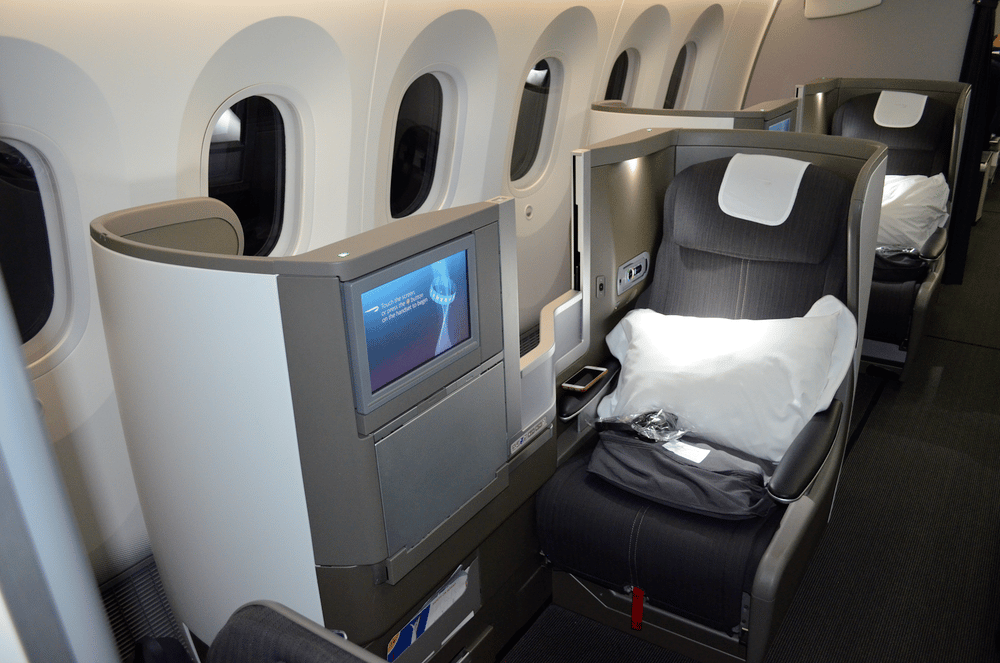
2. Predictable Award Availability at the Start of Schedule
This is the most common award availability release pattern. Airlines will typically designate a certain number of seats in each class of service on each flight as award seats, at the same time that the flight becomes bookable with cash.
This typically happens at ~330–355 days before departure, depending on the specific combination of the airline you’re booking and the loyalty program you’re booking with.
The vast majority of the world’s airlines that you can book on points will follow this pattern to some degree, so it’s arguably the most common pattern on this list.
3. Last-Minute Award Availability
Many airlines follow a pattern of releasing extra award seats – either the entire unfilled cabin or a portion of the cabin, perhaps up to a certain limit – a given number of days before departure.
For example, Lufthansa First Class is well-known for only releasing award seats to partners at most 14 days in advance (although we’ve seen the occasional spurt of seats being released 30 days in advance in recent years). Recently, Lufthansa business class has also started adopting this approach.

Japan Airlines First Class is another example of a product on which you’ll consistently find unfilled seats being released for awards at 14 days out.
Pre-pandemic, you could consistently find ample seats on EVA Air business class on transpacific routes at five days before departure. Here’s hoping this consistent last-minute seat release pattern comes back in the future!
4. Extra Blocks of Seats Every Now and Then
Besides releasing seats at the start of the schedule and a few weeks out, most airlines will also occasionally release extra blocks of award availability here and there at seemingly random times.
Airlines’ revenue management models are constantly at work. If an airline determines that they are unlikely to sell all their seats in a given cabin, route, and date, they may decide to release some seats as awards to reward their frequent flyers and get some points balances off the books.
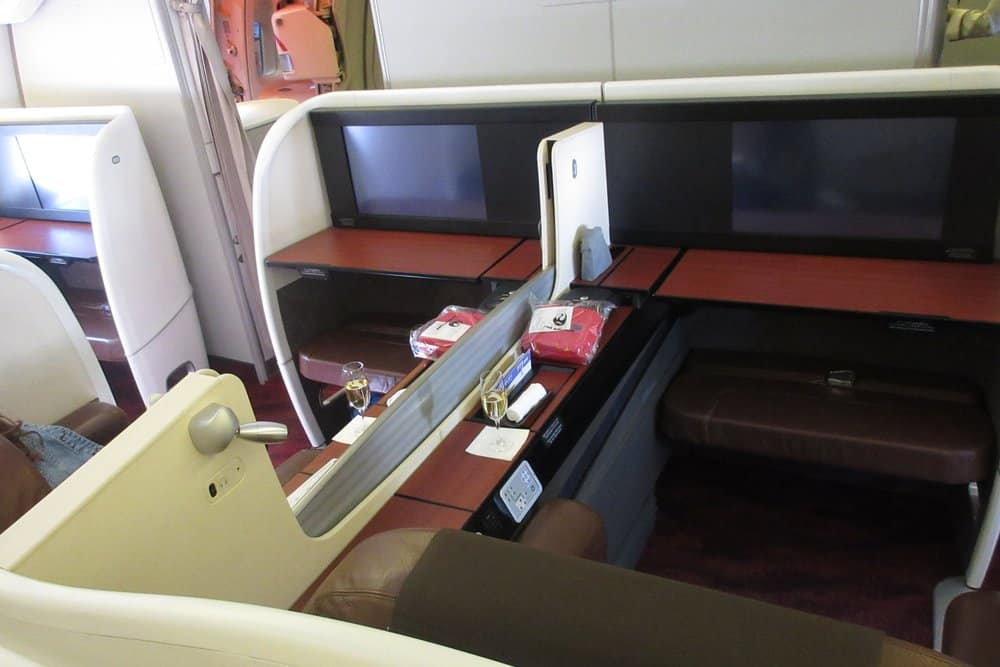
I’d say that most of the world’s airlines will release extra seats every now and then, though the specific timing is impossible to predict. So, if you can’t find availability on a desired route the first time you look, it’s still possible that extra seats will be released at a later date – and this is where the utility of a seat alert service like ExpertFlyer comes in.
In fact, an airline like Japan Airlines, for example, follows a combination of three of the release patterns we’ve mentioned so far: predictable start-of-schedule seats, last-minute seats, and occasional seat releases.
5. Extremely Rare Award Availability
On the other end of the spectrum, some airlines and cabins fall into the “extremely rare” category in terms of award space. Examples might include Air New Zealand business class, Qantas First Class, Qantas business class, and Air Tahiti Nui business class.
(It must be something about this part of the world, isn’t it? Those strange faraway people down under…)
With these products, there will generally be no award space made available at the start of the schedule, and no seats consistently becoming available last-minute either.
Instead, the airline can sometimes decide to randomly release a batch of award space, and it’s pretty “newsworthy” when they do. Or, they could simply decide to continue not releasing any seats at all.
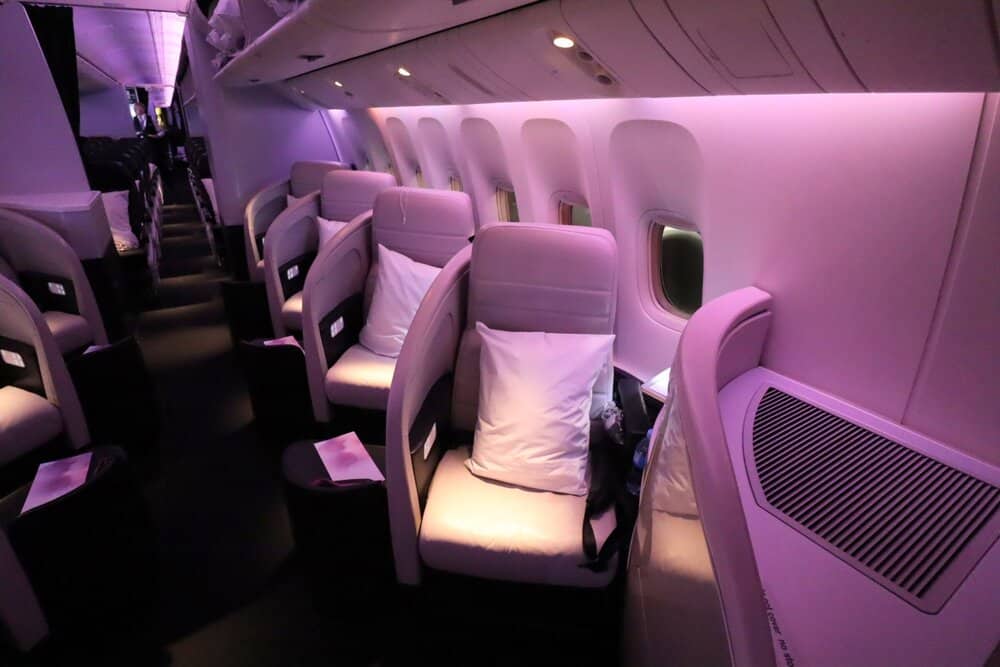
Take Fiji Airways business class, for example, which has historically been a very rare award to spot. Recently, Fiji Airways decided to release a large pool of available seats for the winter and spring of 2022–23, which was the first time in years that Fiji Airways business class space was easily accessible.

Saver-level Singapore Airlines Suites Class availability can also be said to fall into this category, which is what makes it such a coveted redemption to book.
In late 2021, Singapore Airlines decided to flood the market with Saver seats throughout much of 2022, but that’s long been a rare occurrence; instead, if you want to book Suites Class on your own schedule, you’ll most likely have to shell out for more expensive Advantage awards.
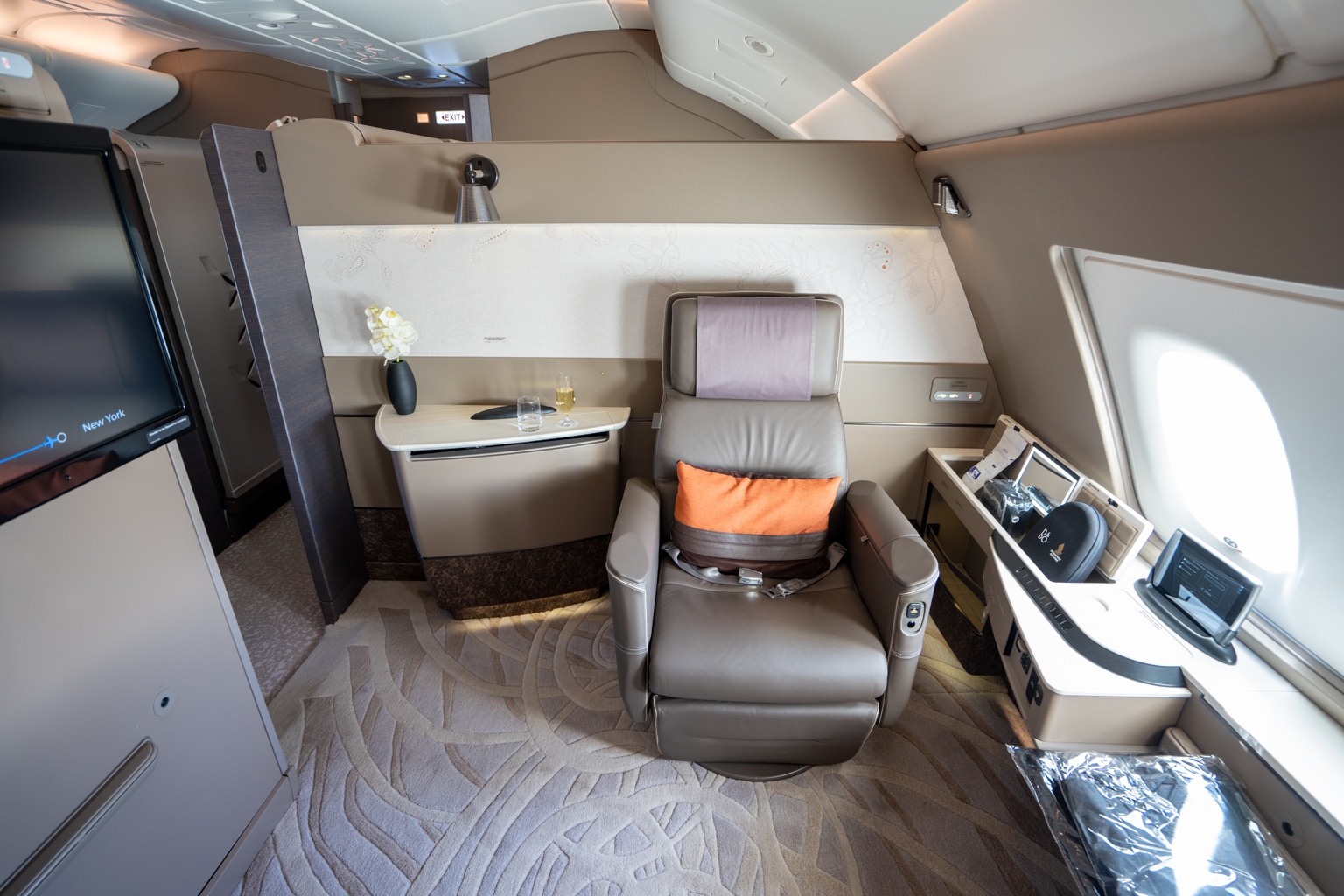
There isn’t much use setting an alert for extremely rare award space, since it’s very unlikely for any single alert to trigger. Instead, since it’s fairly newsworthy when rare award space becomes available, you’ll likely hear about it by keeping up with Miles & Points resources, newsletters, and private chat servers.
6. Completely Unpredictable Award Availability
Lastly, some airlines adopt a “wildcard” approach with award availability. They won’t consistently release seats far in advance or last-minute, but they may flood the market with award space at unpredictable intervals – or take it all away with no notice as well.
The classic example here is Turkish Airlines. You’ll sometimes see no award availability for a future date one week, tons of award seats the next week, and then zero award seats again the following week. This pattern may play out on a single route out of Istanbul, multiple routes, or across an entire geographic region like North America.
Indeed, I’ve even observed this phenomenon taking place by the hour on the day of departure of an intra-Europe Turkish flight, with eight seats showing up and then disappearing on a 5pm departure, followed by eight seats showing up and then disappearing on a 6pm departure, all on the same route.
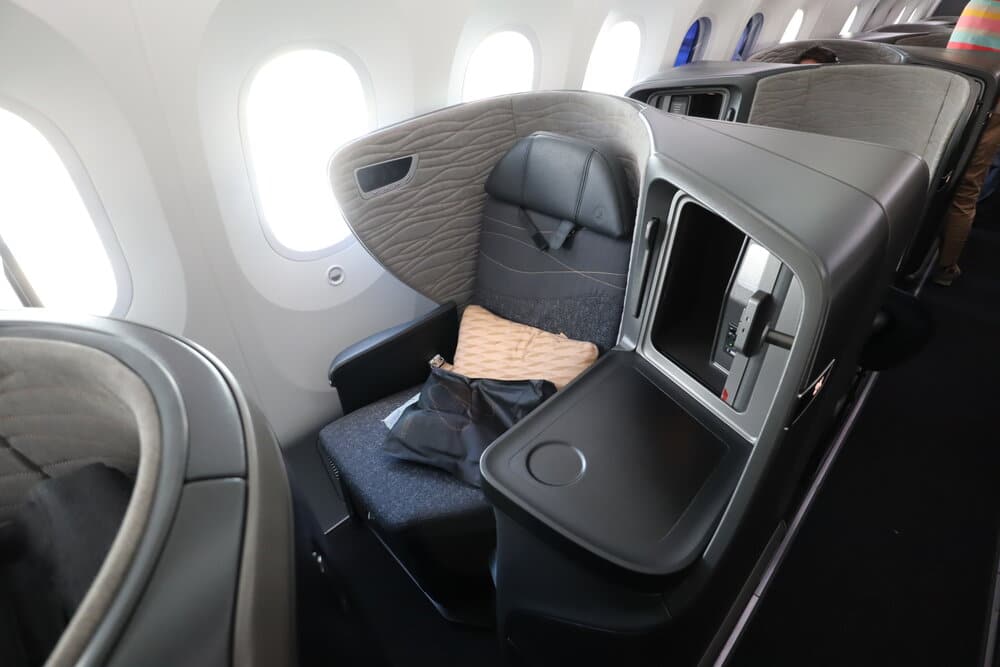
Qatar Airways also displays some elements of this availability release pattern, too. It’s not uncommon to see large swathes of Qsuites availability showing up and disappearing a few times during the 12-month booking window leading up to a departure date.
With this type of availability pattern, the best actionable advice is that if you see a flight that you like with available seats, you should go ahead and book it immediately, since there’s no telling how long it’ll stick around for.
Likewise, if you’re eyeing an award seat on an airline that you think may release extra availability out of the blue later on, it’s again worth setting up an ExpertFlyer alert so that you can snag the seat before anyone else – or before the airline mysteriously takes away the space again.
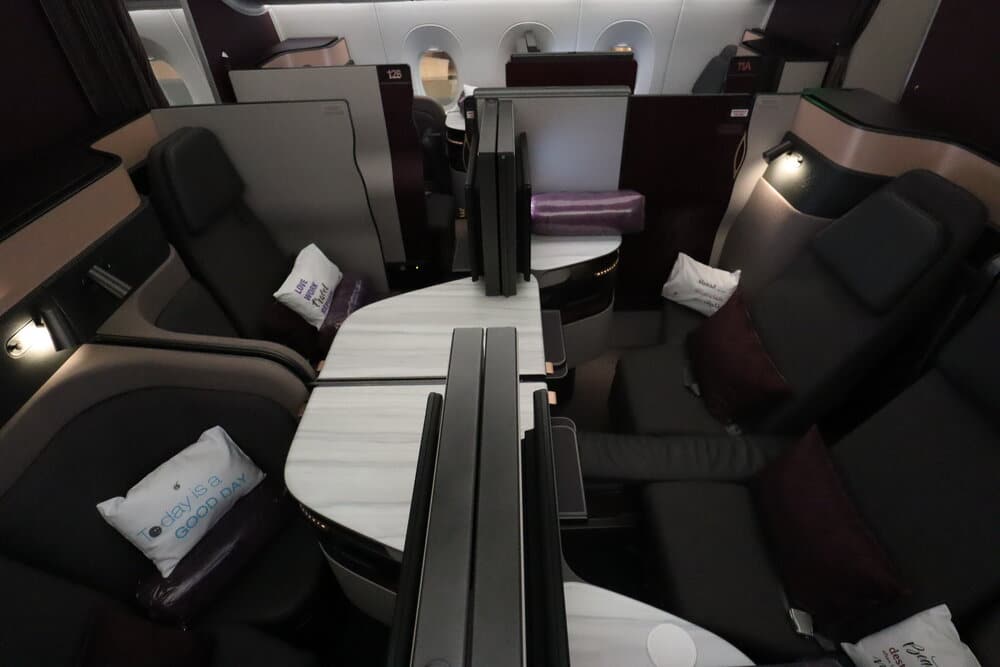
Conclusion
As you navigate the mysterious world of airline award availability, it’s useful to keep in mind the most common patterns to look out for.
Most airlines follow a traditional model of releasing a predictable number of seats at the start of schedule, a smattering of extra seats in the lead-up to departure based on their revenue management models, and in some cases an extra allotment of unsold seats in the last couple of weeks.
If you’re hunting down the more hard-to-book award flights out there, make sure to use award alert services like ExpertFlyer to do the heavy lifting for you, so that you can easily secure your spot in that coveted First Class cabin as soon as the airline makes some extra seats available.




















How much do you trust ExpertFlyer alerts for the ME3? Emirates and Etihad won’t even show first class there and with Qatar I often get a message like the following: An error has occurred while communicating with the airline reservation system. The support team has been notified of this problem. Thank you for your patience and understanding. If ExpertFlyer can’t show me the award space I want, can it be relied on to find newly released seats?
What strategy do you suggest when using Aeroplan and come across overwater availability but not O&D connections? Grab the overwater segments immediately and then pay a change fee if/when your connecting segments are released? I’m very wary of buying positioning flights separately in the day and age of constant delays and cancelations.
Grabbing the overwater segments first is still tried-and-true. Weigh up the change fee(s) against the premium of the Flex booking option – or book Flex to start, before downgrading to Lowest prior to the flight for no change fee (as long as it’s a partner booking and isn’t subject to dynamic repricing).
Which Airlines will ExpertFlyer alerts work for, and which won’t it work for?
Notable airlines that it doesn’t work for: Cathay Pacific, Japan Airlines, and nowadays Air Canada.